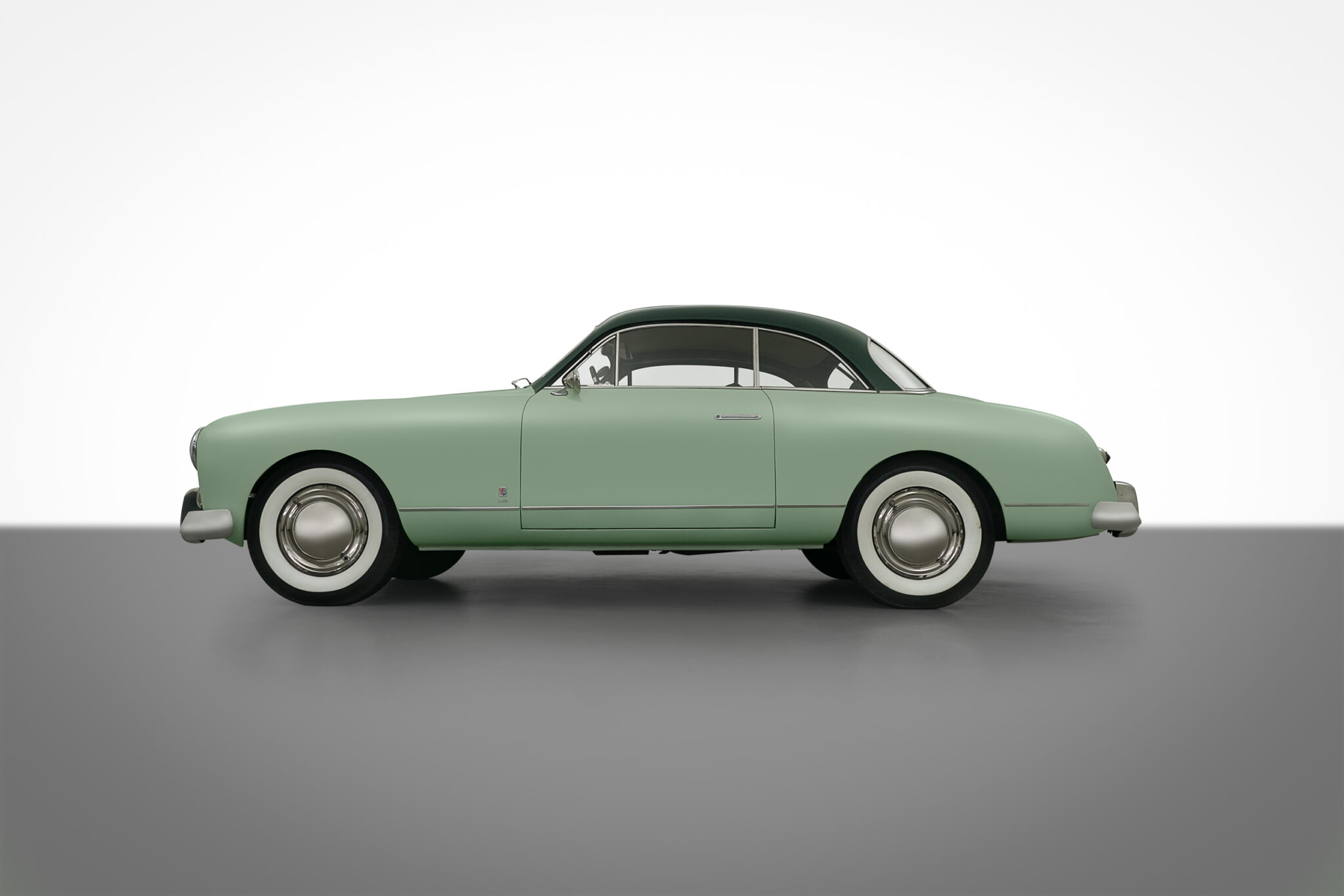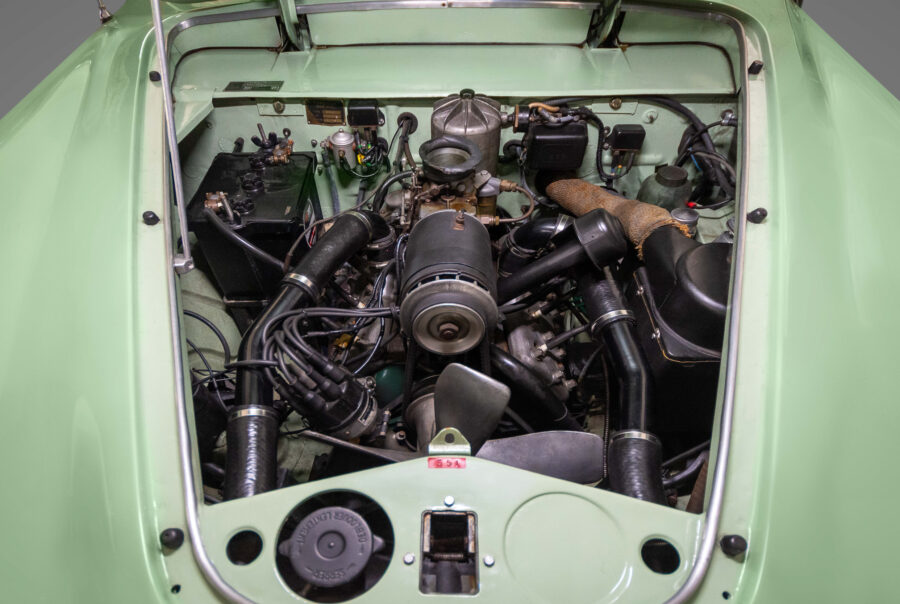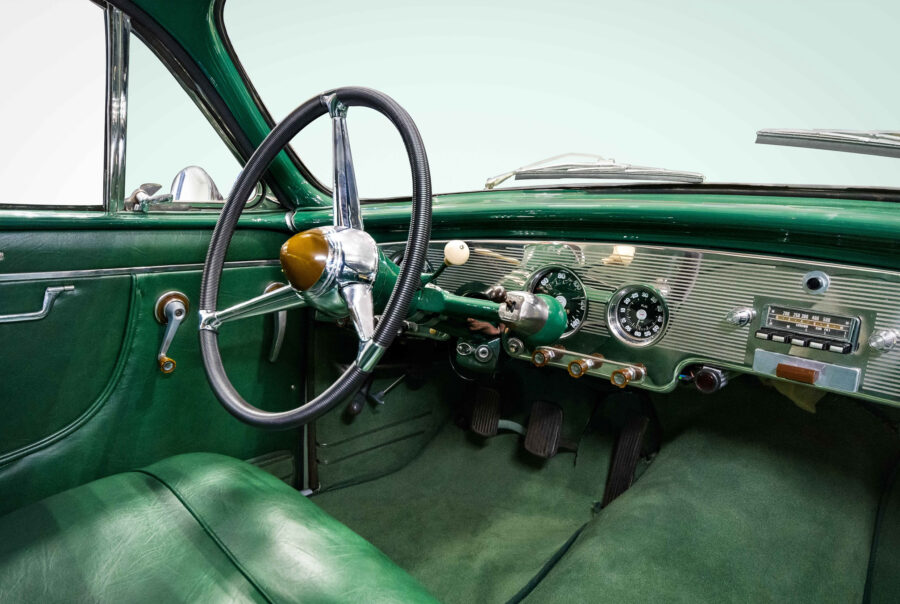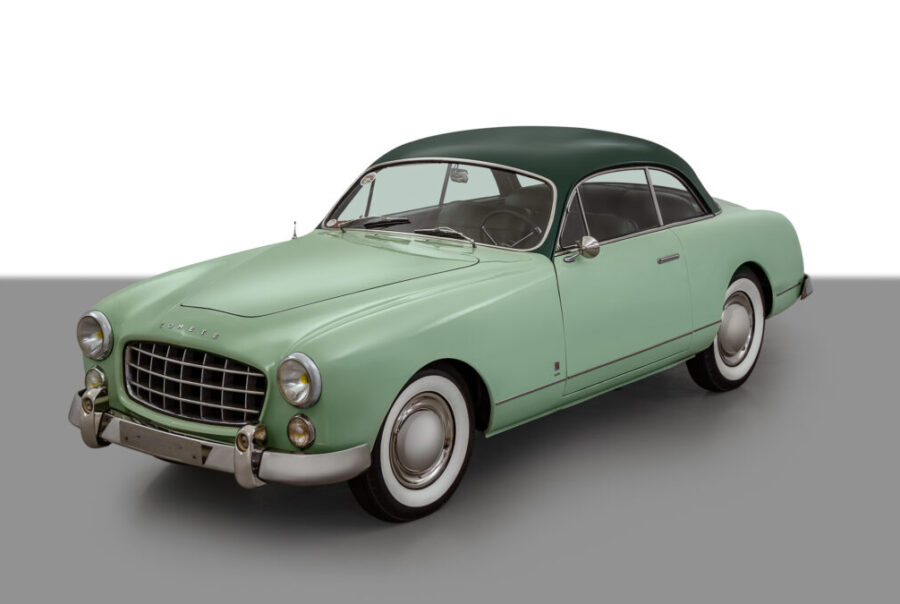

1953 Ford Comète
Click any photo to view fullscreen. Mobile users can pinch to zoom. Tap ‘X’ to close.
SPEED
SPECIFICATIONS
- Ford Flathead “Aquilon” 2.35 liter V8- 143.3 cui
- Naturally Aspirated 16 valve
- Ribbed Stainless Steel Dashboard
1953 Ford Comète
The Ford Comète (later known as the Simca Comète) is a car that was built between 1951 and 1954 in France by Ford SAF. Intended as the luxury model in the range, the Comète’s bodywork was built by FACEL, who later produced the better-known Facel Vega luxury cars under their own name.
Popular with French celebrities at the time, the Comète is often overlooked when considering Ford’s best designs. To this day, the coachbuilt coupé is easily one of, if not the, most attractive Ford ever built and sold to the public.
When you first view a 1952-1955 Comète, whether, in person or a photo, it’s unlikely that you would guess that it’s a Ford. These cars are often mistaken for an early Ferrari and there’s a reason why. Its design was credit by some of the same artists who drew now-classic Italian cars including Alfa-Romeo, Cistalia, and of course, Ferrari.
The Comète project was driven by the new president of Ford SAF (Société Anonyme Française), François Lehideux, who had joined the company in 1950 from Renault. Lehideux desired that his new prestige model should be developed independently of Ford in Dearborn.
The Huit-Sport was designed by Stabilimenti Farina, owned by Giovanni Farina, older brother to ‘Pinin’. Soon after the elder Farnia’s company was absorbed in Pininfarina.
The cars were powered by the 2.2 L (136 CID) Flathead V8, originally developed in France, then later sold in the US and often known as the V8-60, a favorite powerplant among Midget racers in the 1940s and 1950s. The V-8 powered Fords were both large for the European market and expensive. Not only were they more costly to produce but the French taxation system severely penalized cars powered by engines larger than 2.0 liters.
Lehideux turned to the same consortium of Stabilimenti Farina and Facel-Métalion that had produced the Simca Huit-Sport. It’s likely the motivations behind Farina and Facel-Métalion coming on board were that Ford was a stronger distribution partner than Simca and that the Ford V8 was far more powerful than the Fiat-derived Simca 1.1 L engine.
By European standards, the Comète was a sizeable car. It measured 182” long and 55” inches high, about the same as a current BMW 4-Series.
The Comète featured a 1949 Ford inspired grille while later models displayed an egg-crate grille the French derisively likened to a “coupe-frites” or as we might say a French fry cutter. It’s difficult for the source of this change of front ends to be identified nearly 70 years later, but it was around the time the Pininfarina badges began to be affixed to the Comète. The quality of the finish and fittings was superb including a ribbed stainless steel dashboard and door handles and a fabulous three-spoked steering wheel. These attributes were recognized by the English magazine Autocar, which praised the Comète for its outstanding build quality, good road manners, lavish equipment and graceful appearance.
Early models retained the V8-60, which the French referred to as the Aquilon engine. At the 1952 Paris Motor Show, the Comète appeared with a bored-out flathead V8 Aquilon (named after the northeast wind) now displaying 2.35 L (143.7 CID) with power increased to 80 HP. This became the standard engine until the end of Comète production.





